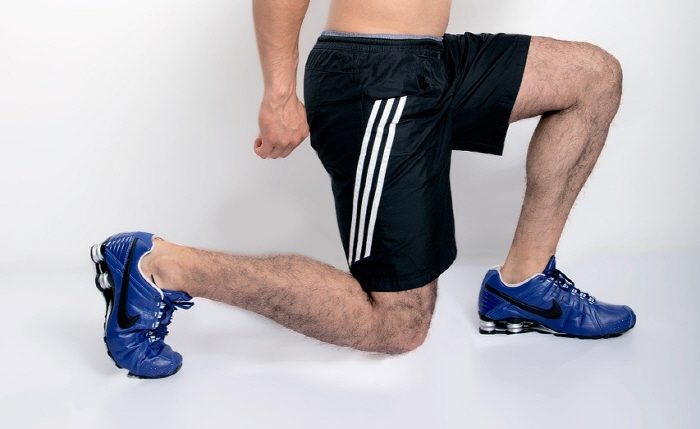3 exercises to strengthen thigh muscles for knee joint health
Aug 07, 2025
|
This is a word often heard by patients who complain of knee pain. However, in practice, the main cause of knee pain is the weakening of the thigh muscles due to not exercising. In particular, the weakening of the femoral quadriceps (the muscles in the front of the thigh), a key muscle that supports the knee joint, puts a direct burden on the joint and can accelerate pain and arthritis progression.
The quadriceps of the femur are muscles in front of the thigh and usually play a role in dispersing the impact transmitted to the knee in daily movements such as walking, climbing and standing up and down the stairs. However, when this muscle weakens, the impact is transmitted to the knee joint as it is, and it can cause arthritis or pain.
In fact, many of the degenerative arthritis patients appear to have remarkably weak femoral quadriceps muscle strength, and the weaker the muscles, the greater the load on the joints, which tends to cause rapid cartilage wear and pain.
Kim Hyung-jin, director of the Joint Center at Juan Nanuri Hospital (Orthopedic Surgeon), emphasized, "To protect the knee, it is most important not only to manage the joint, but to build the muscles around it." "The quadriceps of the femoral muscle is a representative muscle that relieves the burden of the knee, and strengthening it can slow the progression of arthritis and significantly reduce the discomfort felt in daily life."
Knee arthritis is a progressive disease that worsens in stages. Therefore, it is very important to apply appropriate treatments step by step according to the patient's condition. In early arthritis, it is important to reduce pain and relieve joint burden by performing thigh strength exercises along with medication. This is because proper management at this time can sufficiently restore joint function.
In the mid-term stage, in addition to drug treatment, injections such as hyaluronic acid injections that help lubricate the inside of the joint, steroid bone injections that are effective in relieving inflammatory pain, prologue injections that help strengthen ligaments, or physical treatments such as extracorporeal shock waves and electrical stimulation are performed simultaneously.
However, artificial joint surgery is necessary for end-stage arthritis patients who suffer from extensive cartilage damage and are in pain enough to make daily life difficult.
Recently, AI-based robot artificial joint surgery has attracted attention with increased precision and resilience. Robotic artificial joint surgery precisely analyzes the patient's knee bone structure and joint condition before surgery in 3D to confirm the optimal cutting position and insertion position. It has the advantage of having a 1mm error range and a low risk of bleeding and infection with a minimum incision.
"Kneel arthritis treatment is not just solved by medication or surgical treatment, but it is maximized only when correct lifestyle and exercise are combined," said Kim Hyung-jin, head of the hospital. "In particular, strengthening the quadriceps is a key muscle that reduces the burden on the knee joint, which can not only slow the progression of arthritis but also speed up recovery after surgery."
As such, the thigh muscles are important in the prevention and treatment of arthritis. In particular, the quadriceps of the femoral muscles in front of the knee play a key role in dispersing the impact on the knee in daily movements such as walking, going up and down stairs, and sitting and getting up, so steady strengthening exercise is necessary.
◇ Thigh muscle strengthening exercise for knee joint
-chair squat
Be careful not to let your knees cross your toes, and repeat the movement of sitting and standing up in a chair 10 to 15 times. The knee burden is low and the quadriceps of the femoral can be safely strengthened.
-Lunge
Repeat the movement of stepping forward with one leg, bending the knee 90 degrees, and returning to the original position 10 to 15 times. The point is to raise your upper body and center.
-Wall Squat (Walset)
Attach your back to the wall and slowly go down and keep your knees bent 90 degrees for 10 to 30 seconds. It stimulates the entire thigh muscles and is effective in protecting knee joints.
This article was translated by Naver AI translator.














